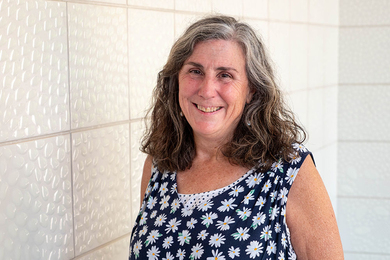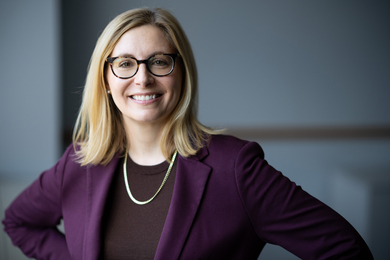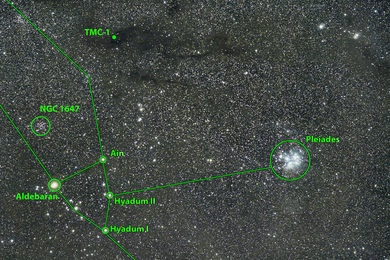In this interview, MIT Vice President for Information Services and Technology Jerrold "Jerry" Grochow shares his insights about the Institute's changing computing infrastructure and how it will benefit the community.
Q: When you talk with members of the community, what information technology (IT) services are they asking for?
A: It depends on who you talk to: Students want better capabilities in their dormitories, more Athena clusters, higher speed networks. Faculty want advanced computing facilities for research. Administrative staff may talk about applications they use in their jobs -- SAP, payroll and student systems.
In my conversations with members of the community, I don't just ask, "What IT services do you want?" but "What do you do here at MIT?" An important part of my job is to anticipate what the community is going to ask for tomorrow. Overlaying knowledge of IT trends with an understanding of what community members are doing helps to define where we should be going.
Q: A lot of research today requires collaboration across disciplines and between institutions. How is MIT's IT infrastructure addressing these needs?
A: IS&T has expanded MIT's computer network to major interconnection points for many research institutions, including CalTech, Argonne National Labs and CERN in Geneva. We can provide virtual dedicated networks to individual researchers in a way that wasn't possible until recently. With the ability to communicate at 10 gigabits a second, a researcher can now control an experiment halfway across the world in near-real time.
Q: Computers use a lot of power. Is IS&T finding ways to reduce the energy footprint on campus?
A: When President Hockfield announced the Energy Initiative, IS&T saw an opportunity to tackle some of these issues. About 8-10 percent of power use on campus is related to computers.
Displays use a lot of power, and IS&T has published guidelines on how to reduce power consumption. We're also changing our backup processes so that computers can be in a very low power state and awaken automatically for backup.
We've brought in virtualization software that allows better utilization of servers in both IS&T's data centers and academic departments. Before, you might have had five computers running different applications with each in use about 20 percent of the time; now you can have all of those applications on one computer. Virtualization reduces the number of physical computers you need which saves on space and power.
Q: What is IS&T working on now that will benefit the MIT community as a whole?
A: When you ask people what's the most important application they use every day, it's e-mail, with calendars and messaging as close seconds. Members of the community want to be able to use their smart phones to read their e-mail and schedule meetings. They want to push a single button and have that meeting show up on their desktop calendar as well. IS&T is exploring the best ways to provide integrated e-mail, calendaring and messaging, as well as position ourselves for the future of "location-aware" services. We are experimenting with Microsoft Exchange, with other open-source and commercial products, and with outsourced services to see what's most flexible and effective here at MIT.
We need to make sure that while providing diverse capabilities, all members of the community can talk and send messages and schedule meetings with each other. No matter how many options people want, they want them all to work together.
Q: How will the uncertain financial situation affect IT at MIT?
A: Much of MIT's IT spending is paid for from general Institute funds, and most of the rest is from research funds. IS&T is looking for ways to reduce costs by deferring or slowing down projects, and by making changes in our basic operations. Our goal is to serve the priority needs of the Institute. This is a time when the entire MIT community can be working to improve and simplify ways in which we do the business of MIT, including processes involving IT.
A version of this article appeared in MIT Tech Talk on November 19, 2008 (download PDF).






